Surgery
What if you could achieve higher accuracy in surgical procedures, provide more effective treatments to your patients and drive efficiency for your staff?
Taking better care of your patients and staff means you can answer the rising complexity and pressure in the world of surgery. And with minimally invasive techniques, supported by advanced imaging, we are with you every step of the way. Philips is there to help OR teams achieve enhanced outcomes of image-guided surgeries.
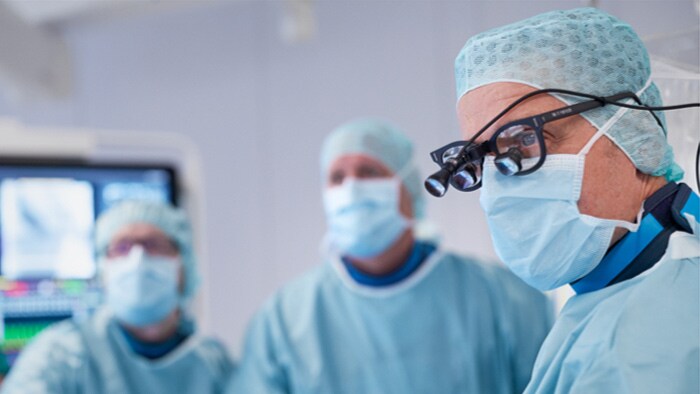
Advancing surgical care, together
Picture, for a moment, what minimally invasive surgery could be like when you have the right solutions in place. More predictable patient recovery and the clear visualization that lets you see accurately to treat effectively. The efficiency and advanced visualization to make better use of your valuable operating resources. All of this could be possible, when we work together.
Featured Innovations
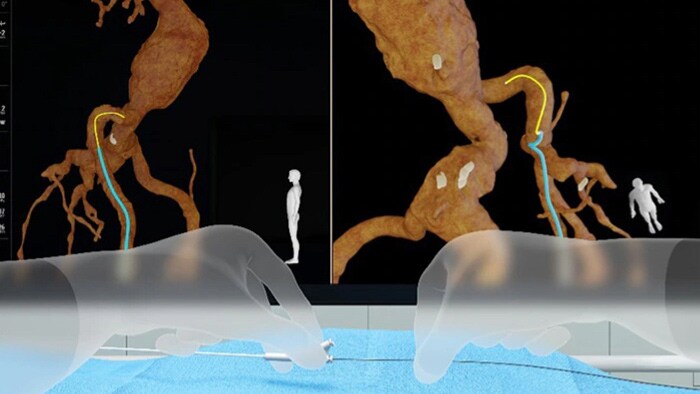
Breakthrough 3D device visualization
Innovate your image-guided procedures with Fiber Optic RealShape (FORS) technology and enable realtime 3D device visualization inside the body without fluoroscopy.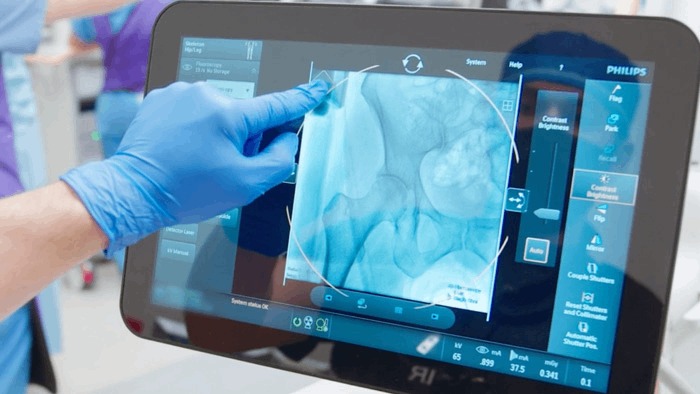
Exceptional guidance during surgery
Obtain sharp, detailed images quickly and easily with Zenition mobile C-arms, to support informed decisions during orthopedic, vascular and other surgical procedures in the OR.
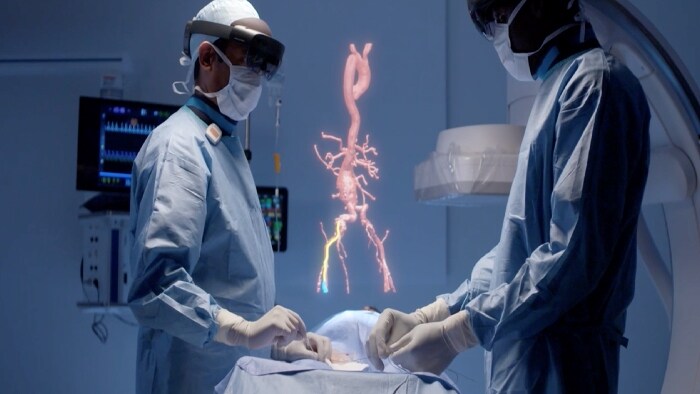
The future of surgical procedures
With the rise of advanced technologies like artificial intelligence (AI), Augmented Reality (AR) and ultra-high resolution 3D medical imaging the future of minimally invasive surgical procedures looks bright. Discover how Atul Gupta, Chief Medical Officer, Philips IGT and Interventional Radiologist, envisions the future of surgery.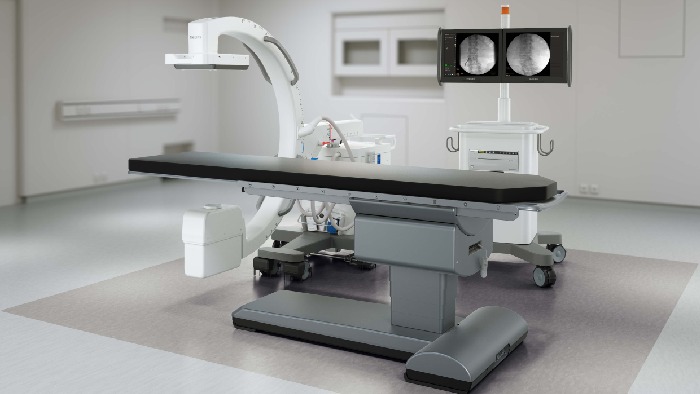
Philips extends company’s mobile C-arm portfolio with Zenition 10
New cost-effective addition to Philips Image Guided Therapy Mobile C-arm platform brings flat panel imaging and ease-of-use to routine surgery
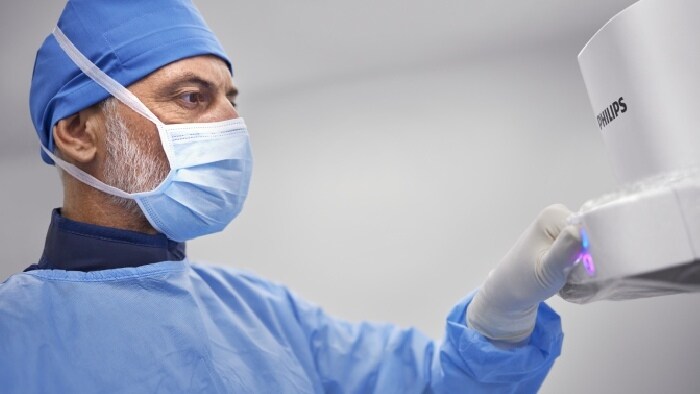
Philips further extends its mobile C-arm range with Zenition 30, alleviating staff shortages by empowering surgeons with greater autonomy and personalization
The Zenition 30 gives surgeons a greater level of control, empowering them to work more autonomously and independently. By reducing dependency on support staff, Zenition 30 helps alleviate the staff shortages faced by many hospitals, while its workflow-enhancing features and excellent image quality allow surgeons to deliver high-quality care to more patients.
See our clinical areas in surgery
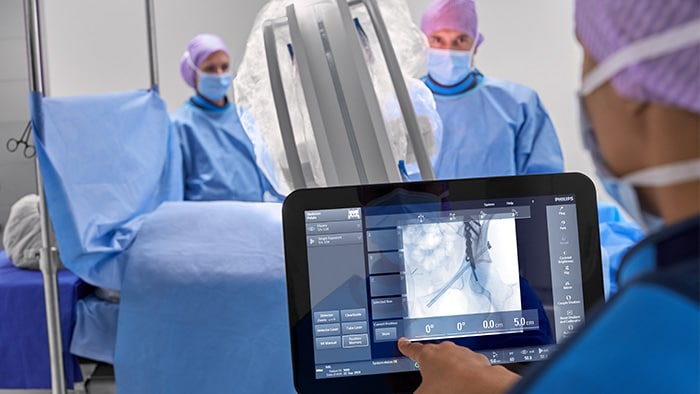
Orthopedic surgery
Perform orthopedic cases with ease and confidence.
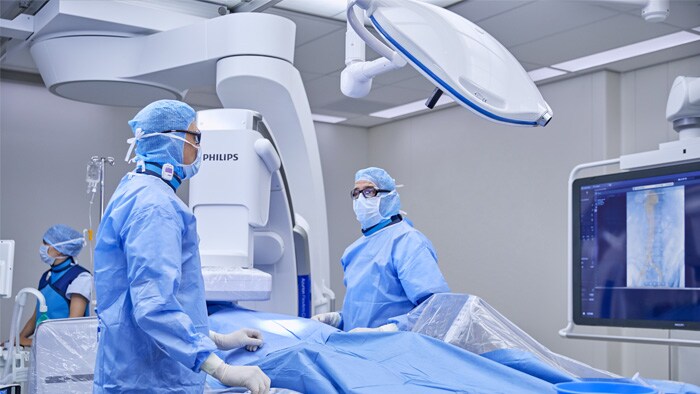
Vascular surgery
Benefit from the focus provided by advanced image guidance.
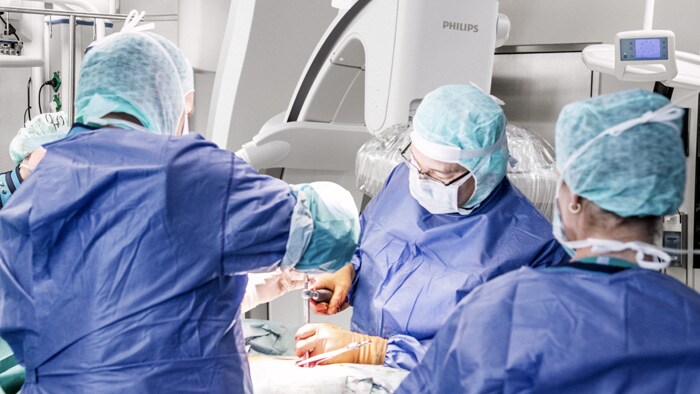
Spine surgery
Perform spine surgery with the assurance of precision.
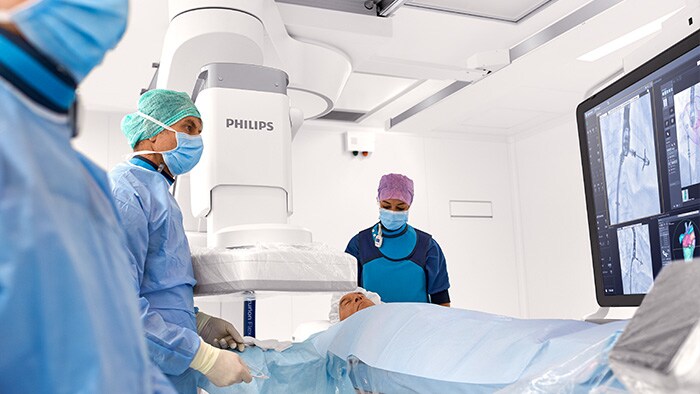
Cardiac surgery
Get the guidance to support each step of your cardiac procedures.
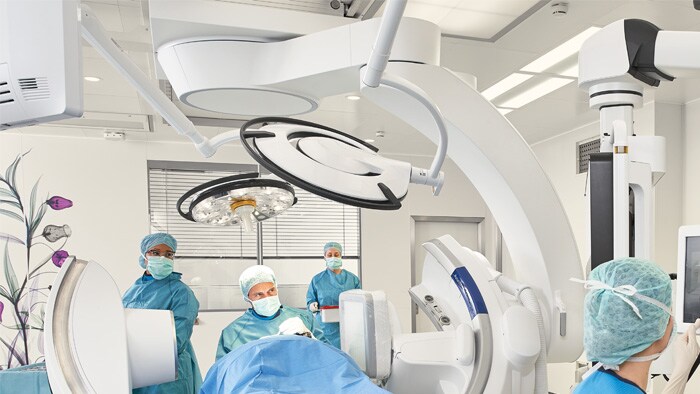
Neurosurgery
Decide, guide, treat and confirm results with confidence.
Explore the multi-purpose Hybrid OR
One operating room for all your procedures
The multi-purpose hybrid OR brings all clinical areas together. Set up procedure based workflows and broaden lab utilization, with the Philips Azurion 7 M20 FlexArm configuration. Benefit from reduced table repositioning, easy radial access, improved ergonomics and intelligent motion control so you can easily approach a patient during treatment.


